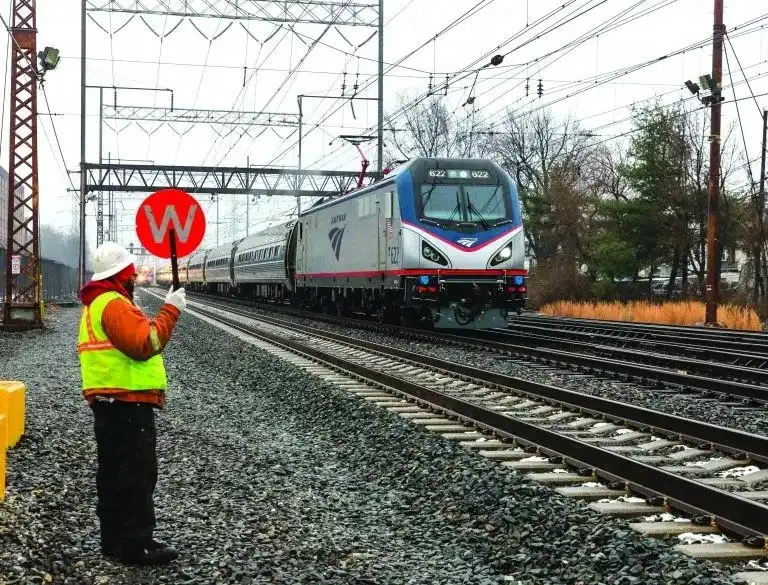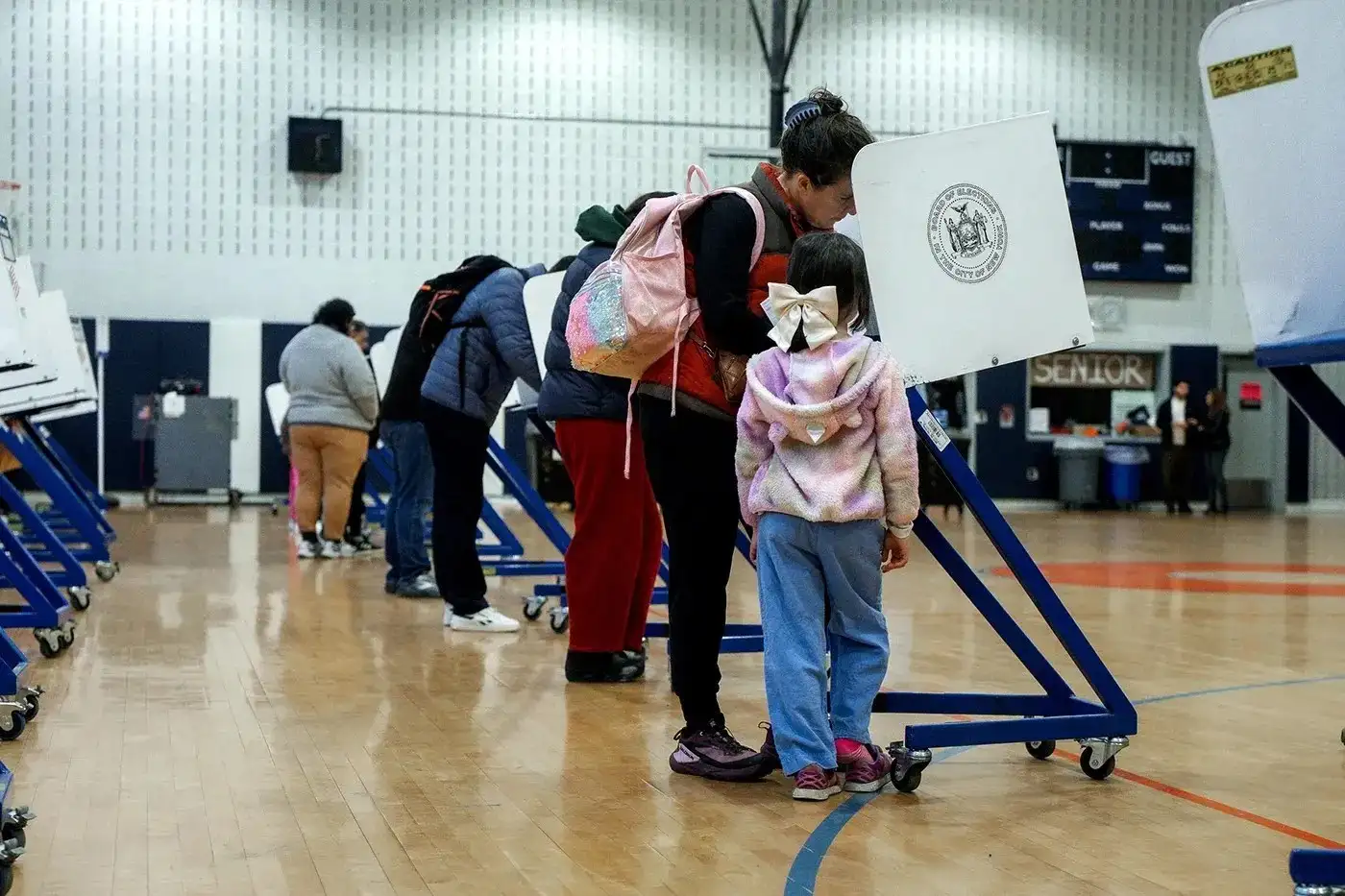
U.S. transportation agencies say that the new safety plan will focus on updating old infrastructure, improving oversight of shipments of dangerous goods, and improving communication between emergency teams at the federal, state, and local levels. The move comes after months of public anger over several high-profile derailments that blocked freight lanes and raised concerns about old equipment and inconsistent safety procedures.
As part of the modernization plan, officials will use more heat-sensor detectors, automatic track inspection systems, and real-time monitoring technology that finds mechanical problems before they become serious. New federal rules say that rail companies will have to send in maintenance reports more often and work with government officials on inspections.
Part of the plan is to train emergency responders, especially in smaller towns where freight trains carrying dangerous materials often pass through. Federal funding will help pay for more fire department equipment, more thorough safety drills, and better communication systems that will help people respond more quickly to rail disasters.
“This is about building a rail network that is safer, stronger, and more reliable for the next generation ”
Environmental groups have asked agencies to give priority to routes that go near communities that are at risk because chemical derailments can have long-lasting effects on groundwater and human health. In response, officials said that the project's first phase will focus resources on track sections that go through industrial areas and neighborhoods with a lot of people living there, since those are the places where dangerous cargo is most likely to be.
Rail industry leaders praised the decision but stressed that upgrading thousands of kilometers of track across the country will require teamwork and long-term commitment. Several major train companies have said that they are already working to follow the new rules and will talk to regulators about this.

States Prepare to Implement New Rail Safety Standards
Some governors have told their agencies to start looking into track conditions, equipment needs, and staffing shortages. State transportation departments across the country are getting ready to put the federal rail-safety upgrade plan into action.
Ohio, Pennsylvania, California, Illinois, and Texas, which have some of the busiest freight corridors, all said they had already begun internal reviews to figure out how to combine the new federal rules with their current state inspection processes.
According to early planning documents that The American Ledger got, several states are mapping out high-risk freight areas to find the best places to put new heat sensors, wheel-defect monitors, and track-geometry scanners. Some are making training programs for local emergency responders to meet new national standards.

Skenes and Skubal Win Cy Young Awards as Future Uncertainty Grows
NOVEMBER 12, 2025

U.S News

Democrats See Mixed Results in 2025 Off-Year Elections as Parties Gauge Early 2026 Momentum
Democrats secured several statewide wins in 2025 off-year elections, while Republicans expanded gains in key local contests as both parties look ahead to the 2026 midterms.
U.S News BY NOVEMBER 4, 2025

U.S. Expands Subcritical Nuclear Tests as Global Tensions Rise
The United States continues subcritical nuclear experiments at the Nevada National Security Site, reflecting rising concerns over China and Russia’s nuclear modernization — but explosive nuclear testing remains banned.
U.S News BY NOVEMBER 4, 2025

U.S. Tightens China Trade Policy as Tariff Review Continues Into 2025
The Biden administration continues its formal review of China tariffs imposed since 2018, with U.S. officials signaling tougher enforcement rather than rollback as tensions persist.
U.S News BY NOVEMBER 3, 2025







